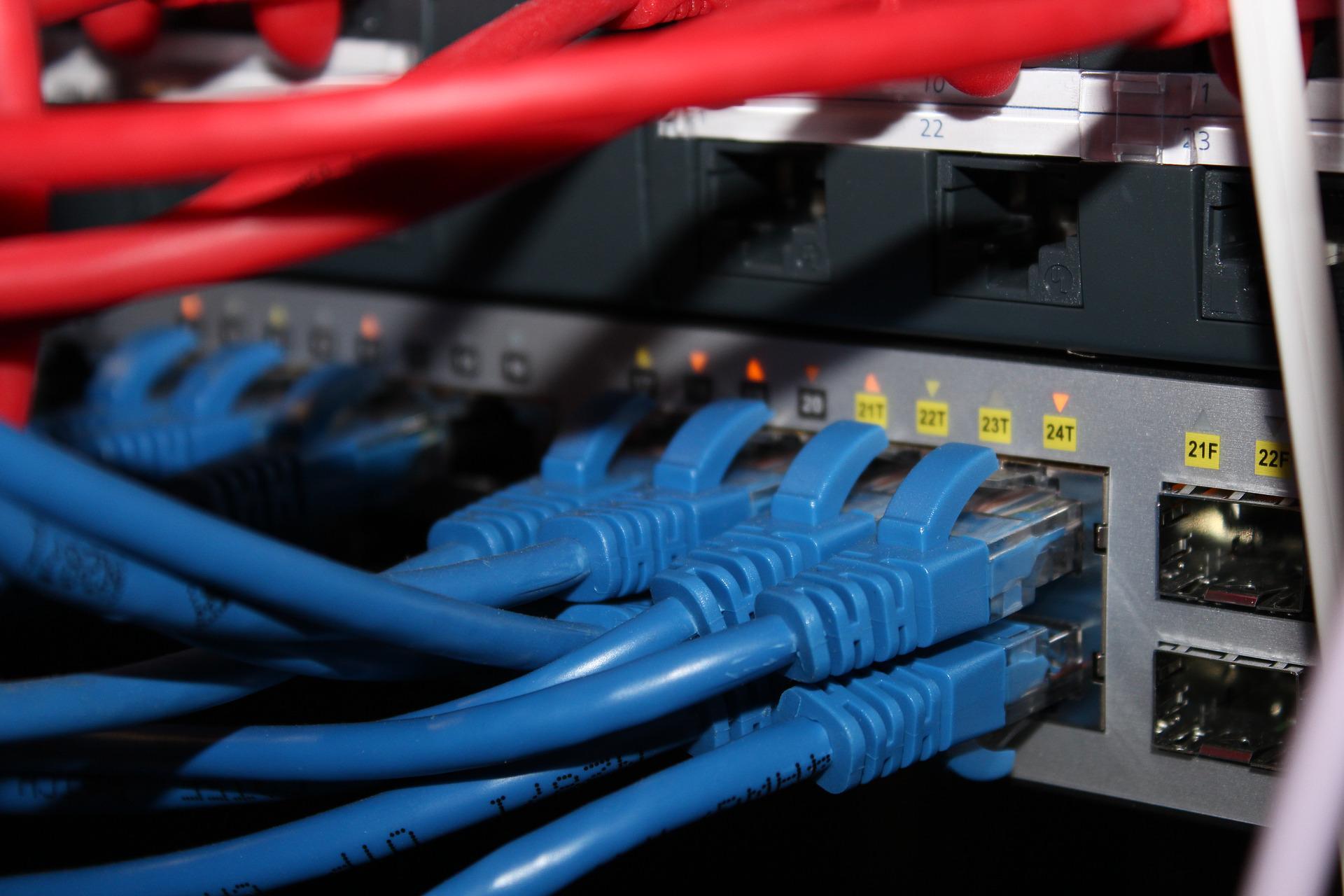If you have looked into managed services, you’ve probably noticed a lot of conversation about the kinds of service you can expect to receive from this type of arrangement. From outsourcing to disaster recovery, many services may be covered by an outsourcing agreement. Because many people do not fully understand how beneficial a managed service model can be, occasionally, we spotlight some of the specific services provided by Alliance IT. Structured cabling is one of those services not often thought of when considering managed services.
Networks carry video, voice, and data on an integrated communications network. The system supports the data your company utilizes and needs regularly. An experienced managed services company offers certified, trained personnel who provide a depth of expertise when dealing with the installation of network infrastructures. Structured cabling is essential for everyday operations and, when appropriately installed, optimizes the efficiency of your network systems.

Structured Cabling – What Is It?
Structured cabling is the system of wiring – the network – that connects the personnel and technology in your company. The network incorporates the hardware, cables, management tools, facilities, equipment, and workspaces that facilitate data transmission. The structured cabling network system, if engineered properly, can last longer than most other IT infrastructures, such as the servers, switches, and end-user devices that make up the system. Practically speaking, the cabling infrastructure can remain in place even if other system components need to be replaced.
A structured cabling system is made up of six primary components:
- Horizontal Cabling: Horizontal cabling is generally run underneath the flooring or above the ceiling, and is comprised of all components between end-user telecommunications outlets and the central telecommunications area.
- Backbone Cabling: Backbone cabling incorporates telecom and equipment rooms that operate as the primary conduit between entrance facilities and office buildings.
- Telecommunications Room: The telecommunications room includes the termination equipment required to connect horizontal and backbone wiring explained above. The area is built on the floor it serves.
- Work Area: The work area tends to change often, as it includes all of the system elements between the telecommunications outlet and endpoint equipment.
- Equipment Room: The equipment area contains all of the servers, routers, and switches; as well as PBX and mechanical termination points.
- Entrance Facility: The entrance facility is defined as the point at which the service provider’s cable and equipment connect to your internal backbone cabling.
Cat 5 and Cat 6 Wiring
Cat6 and Cat6a cabling provide better performance rates than Cat 5 and Cat 5e. However, many business owners still opt for the latter due to its affordability and capacity to handle Gigabit speeds. Cat5 and Cat5 enhanced cables appear physically similar, but the enhanced cables offer lower-noise versions that reduce crosstalk interference transferring from nearby wires. Cat 5e is considered standard cabling and has replaced Cat5 in most instances.
- Both Cat5 and Cat5e support frequencies up to 100MHz.
- Gigabit Ethernet utilizes four data pairs
- Fast Ethernet uses 2 data pairs.
- Cat 5e offers speeds of up to 1000 Mbps and can be used for both small space installations and complex commercial installs.
- Cat6 wiring provides up to 10 Gbps and frequencies of up to 250 MHz.
- Cat6 cables have thicker sheaths in comparison to Cat5e, which significantly reduces Near-End Crosstalk (NEXT) and Alien Crosstalk (AXT).
Having the proper cabling and hardware installed is a good start. Still, you can ensure that your budget is spent most wisely by hiring experts to help with your network installation. Alliance IT professionals have the experience and staffing you need to maximize your IT budget. Call today for more information on structured cabling and all of the managed services benefits that Alliance IT can provide.
